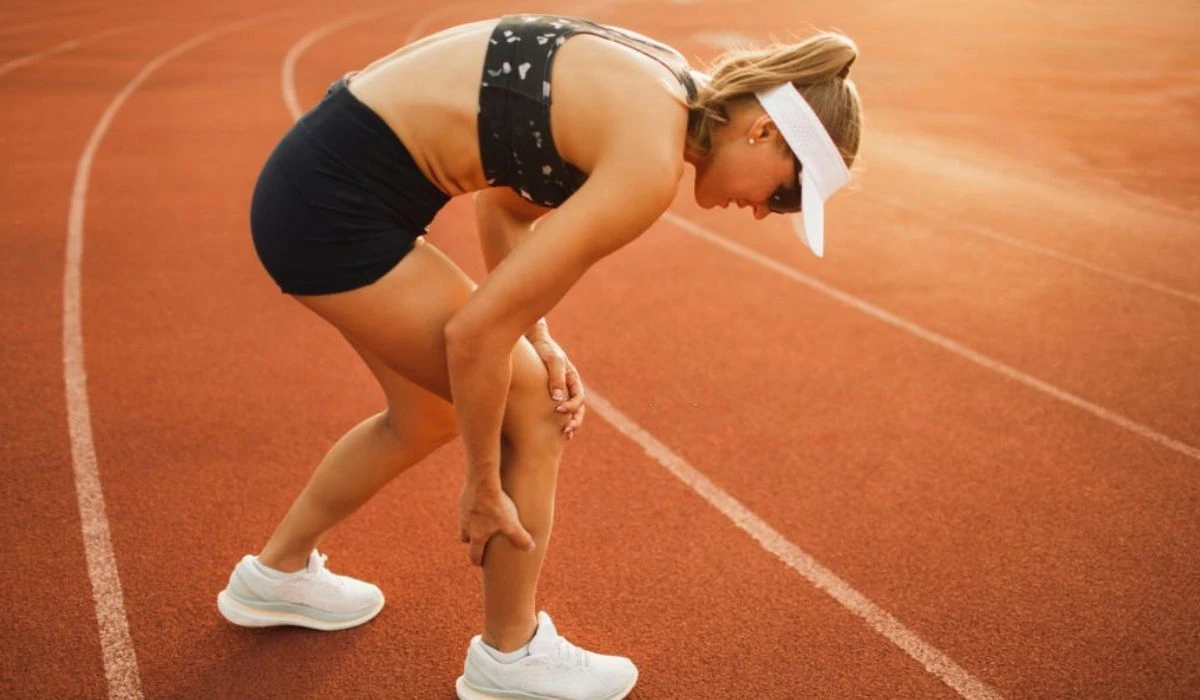Osteoporosis in female athletes depends on the sports. It occurs more in appearance sports like diving, figure skating, gymnastics, synchronized swimming, and ballet, also in endurance sports, which include distance running, especially in marathon runners, and in weight category sports, such as jockeys, judo, and lightweight rowers as well as non-weight bearing activities like cycling.
What Is Osteoporosis?
Osteoporosis is a condition that affects nearly 10% of the total female population globally and is common among female athletes. This disease involves a reduction in bone mass and density and enlargement of bone spaces that causes porosity and fragility. Since many women of all ages are increasingly partaking in physical activity, the relationship between osteoporosis and female athletes is alarming.

It is estimated that over 6 million women globally compete in strenuous exercise. Irrespective of the benefits of exercise, excessive and strenuous physical activity can harm the reproductive and skeletal systems, resulting in osteoporosis.
How Can Female Athletes Prevent Osteoporosis?
There are several ways female athletes can prevent osteoporosis, and some of them include:
1. Manage stress and adjust exercise:
Female athletes should minimize psychological stress such as performance anxiety, body image concerns, pressure to conform, injury recovery, etc. They should reduce their exercise intensity and the number of competitions and achieve a 2-3% increase in weight. Recreational athletes can reduce their exercise level; elite athletes might disregard this advice.
2. Take the proper nutrition:
Female athletes should consume high total caloric content if it is below the recommended level for the activity performed. Also, they should consume meals with more Vitamin D, calcium, protein, and fluids. Moreover, they should consult nutritional advice from a dietician engaged in sports and eating disorders and perhaps consult a psychiatrist specializing in eating disorders. All sports clubs should address eating disorders and overtraining to help those affected.
3. Hormone consideration and Cognitive therapy:
If the female athlete increases the amount of training and competitions, she should consider hormone replacement therapy or the low-dose contraceptive pill. Cognitive therapy is another option. However, some athletes dislike medication because they feel it will affect their weight. They must understand the dangers of stress fracture because it will make them unable to train and compete.
4. Address stress fractures and hormonal health:
Stress fractures are tiny cracks in a bone caused by repetitive stress or force, usually from overuse. Causes of stress fractures in female athletes, which include overtraining, nutritional deficiencies, low body weight, hormonal imbalances, inadequate footwear, etc., should be addressed. Healthcare professionals should diagnose hormonal levels and examine the bone mineral density of female athletes with a Dual Energy X-ray Absorptiometer (DXA).
Loss of periods can harm bone health, and the earlier a female athlete seeks help, the better for her to keep participating in her chosen sport. If a female athlete loses her periods for four months and is not pregnant, she should undergo a non-invasive DXA scan, the most accurate and commonly used method of assessing Bone Mineral Density. Female athletes should also understand the results of the DXA.
5. Training Diary:
Every female athlete should keep a training diary containing diet details, exercise regime, and menstrual cycle. Excessive carbohydrate loading can make some gluten-intolerant athletes suffer from diarrhea, affecting the absorption of Calcium, vitamin D, iron, and protein.
6. Use a supportive system:
There is a fantastic organization known as “Crossing the Line,” which was established specifically to support elite athletes. Therefore, all elite athletes should check out this organization. Also, all coaching should involve optimistic, person-oriented coaching. Moreover, athletes should avoid being in a hostile coaching setting because it’s unhealthy and wrong.
Also, the Physician, Physiotherapist, Dietician, Physiologist, Psychologist, and Psychiatrist should collaborate with the athlete and coach. With these supportive systems, early detection of athletes at risk and the assessment of their hormone levels and bone mineral density can help in effectively treating and preventing eating disorders and osteoporosis.
Conclusion
Osteoporosis is a disease that negatively affects the bone health of female athletes and their sports performance. Female Athletes can prevent it through stress management, nutritional adjustments, hormone considerations, and early detection and treatment of stress fractures.
Supportive healthcare teams like physicians, physiotherapists, dietitians, physiologists, psychologists, and psychiatrists can also come in handy for female athletes. Also, maintaining a training diary and seeking help from support organizations can promote bone health and well-being in female athletes. All these preventive measures can reduce the risk of osteoporosis.
Read More: Gymnastics Injury Prevention And Recovery – Prevention Methods!